Photovoltaic system deployment: precise positioning and efficient integration
The core of the photovoltaic system lies in the installation of photovoltaic modules. As the source of energy, its configuration directly affects the overall efficiency of the system. Taking a certain brand of 12000BTU model as an example, its standard configuration includes six 320W monocrystalline silicon photovoltaic panels. In order to ensure the best energy collection efficiency, the installation angle of the photovoltaic panel needs to be accurately calculated according to the longitude and latitude of the installation site, usually set to ±10° of the local latitude. During the installation process, aluminum alloy C-shaped steel brackets need to be used and fixed to the roof or wall with M12 chemical anchors to ensure that the bracket system has the ability to resist wind level 12. In addition, the electrical connection between the photovoltaic panels uses MC4 waterproof connectors to ensure that the voltage of each string of components matches the DC input of the air conditioner host. Usually, two strings of 12V components are connected in parallel to build a 48V system.
The installation location of the photovoltaic combiner box is crucial, and the cable length and heat dissipation requirements need to be comprehensively considered. It is recommended to install it within 5 meters of the air conditioner host to reduce cable loss. The junction box should be equipped with a DC circuit breaker, a lightning protection module, and a voltage and current monitoring device, and communicate with the intelligent controller through the RS485 interface. During the installation process, be sure to pay attention to the positive and negative polarity markings to avoid equipment damage due to reverse connection.
Installation of DC air conditioner host: precision debugging and energy efficiency optimization
The installation of DC air conditioner host should follow the three principles of load-bearing, ventilation and rain protection. Taking a certain model of 24000BTU as an example, its outdoor unit weighs 85kg, and a special bracket must be made of 8# galvanized channel steel, and it must be fixed to the load-bearing wall with four sets of M16 expansion bolts. During the installation process, it is necessary to ensure that the horizontal error does not exceed 1mm to avoid uneven distribution of lubricating oil due to the tilt of the compressor.
Refrigerant pipeline connection is a key link in system installation. For models using R410A environmentally friendly refrigerant, a special expander must be used to make the bell mouth, and nitrogen must be filled in when welding copper pipes to prevent oxide scale from clogging the system. The vacuum pressure test must last for 24 hours, and the pressure drop should not exceed 0.02MPa to be qualified. In terms of electrical connection, the 48V DC power line needs to use a 2.5mm² twisted pair shielded cable, and the positive and negative cables are respectively covered with red and blue heat shrink tubes, and connected to the host through an aviation plug to ensure the safety and reliability of the connection.
Energy storage system configuration: intelligent management and safety protection
The configuration of the energy storage system directly affects the continuous operation capability of the photovoltaic system. Taking the lithium iron phosphate battery pack as an example, the 10kWh battery pack needs to be installed in a dedicated fireproof battery cabinet, and the cabinet must have an IP55 protection level to ensure safety. The number of battery clusters in series is determined by the voltage of the air conditioner host. For example, in a 48V system, 13 3.2V batteries need to be configured in series. The battery management system (BMS) needs to monitor the voltage, temperature and state (SOC) of each battery cell in real time. When overcharging or overdischarging is detected, the system should automatically cut off the charging or discharging circuit through a relay to ensure the safety of the battery.
The communication between the energy storage system and the photovoltaic components and the air conditioner host uses the CAN bus protocol to achieve intelligent scheduling of energy flow. For example, when there is sufficient sunlight, the system will give priority to powering the air conditioner, and any excess power will be stored in the battery; when the battery SOC is lower than 20%, the system will automatically switch to energy-saving mode to reduce the cooling capacity. This intelligent management strategy can not only effectively improve the overall energy efficiency of the system, usually achieving a 15%-20% energy efficiency improvement, but also extend the service life of the equipment to a certain extent.


 Español
Español русский
русский Français
Français Português
Português Deutsch
Deutsch عربى
عربى italiano
italiano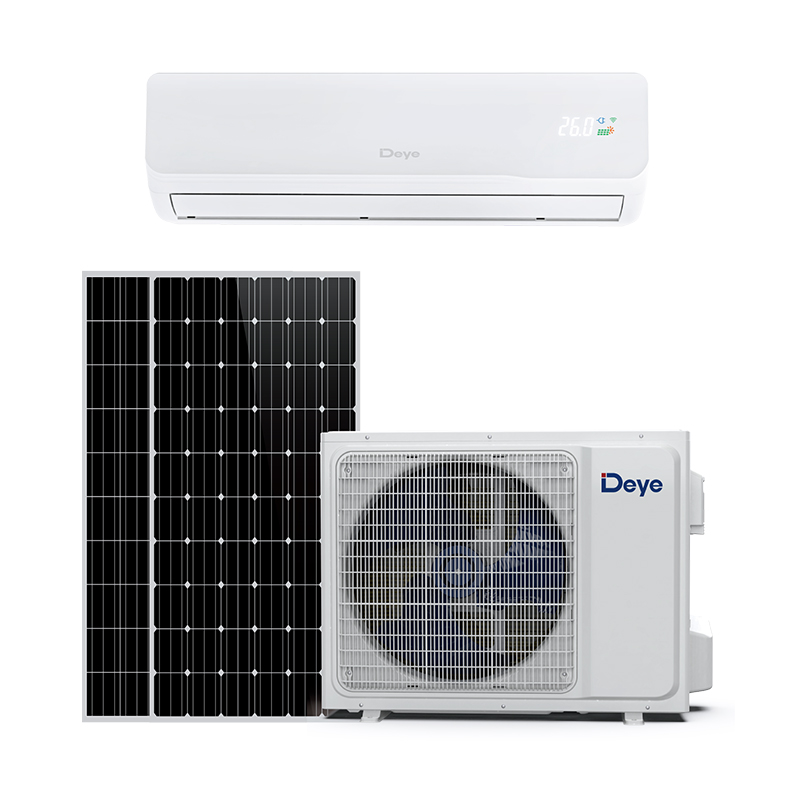
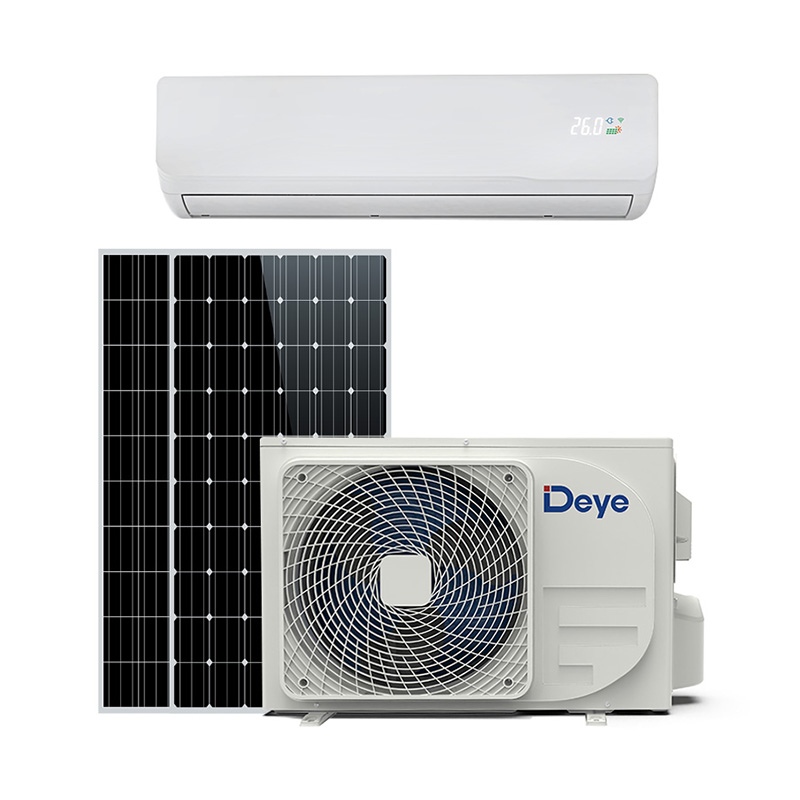
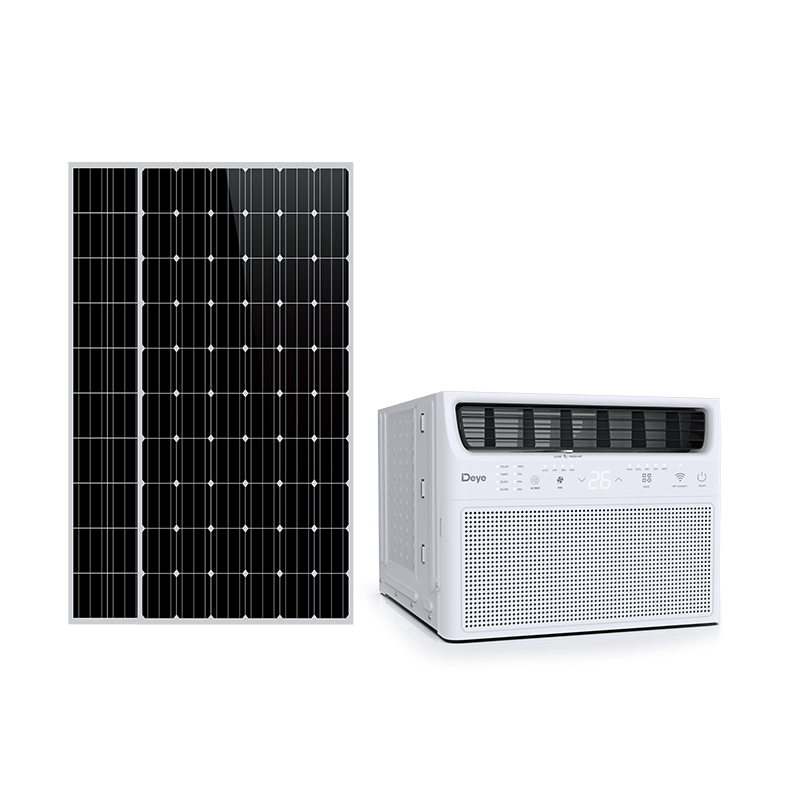


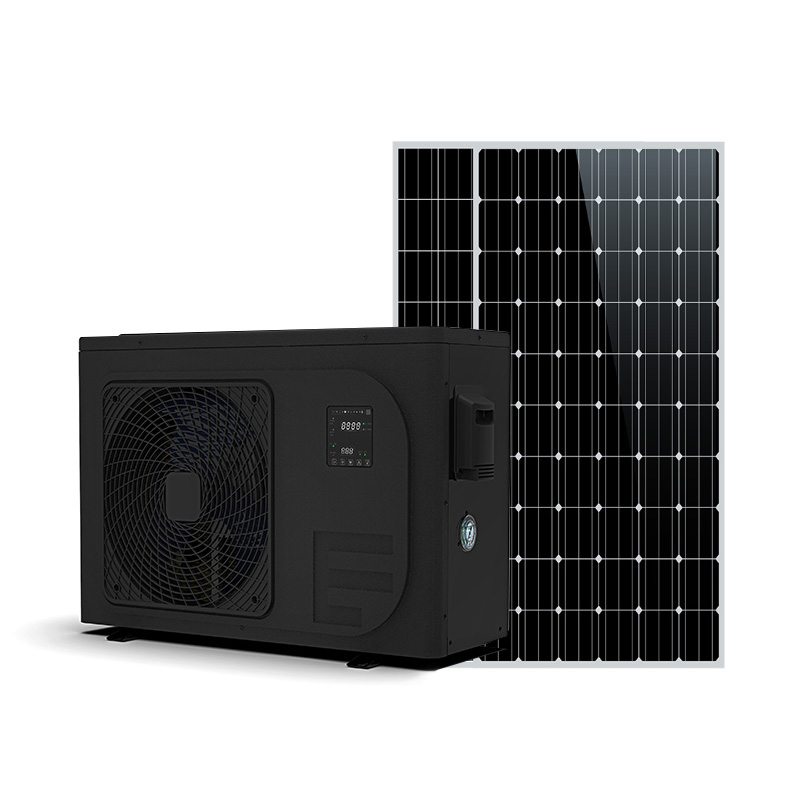
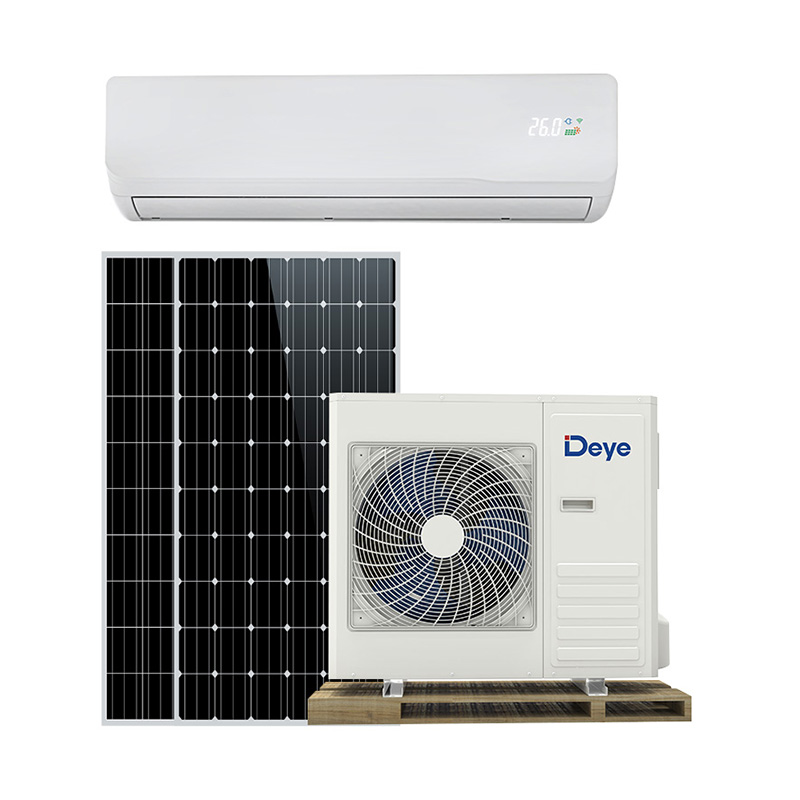
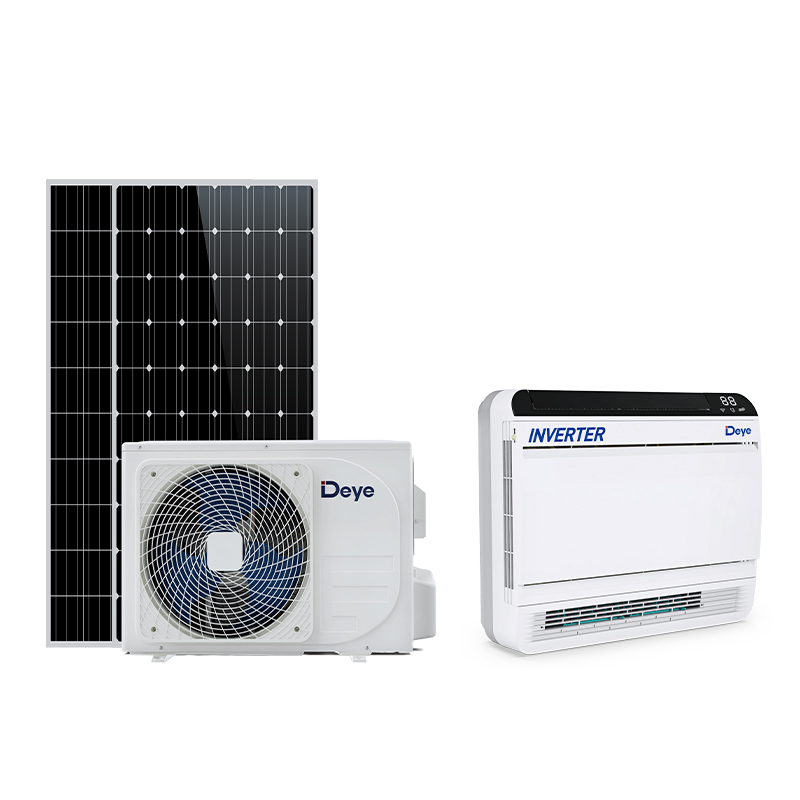




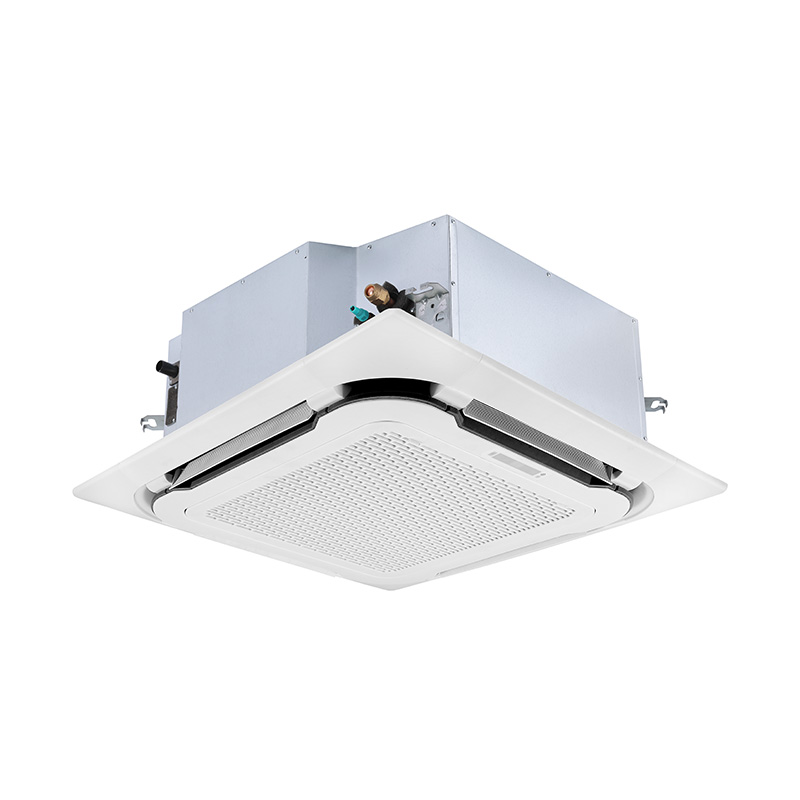
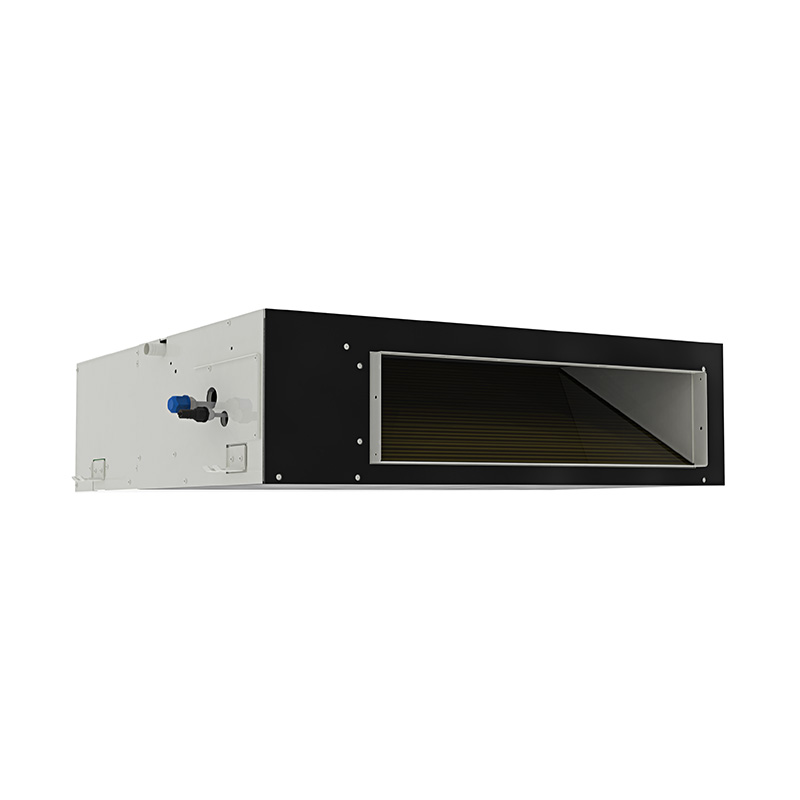
-1.jpg)


